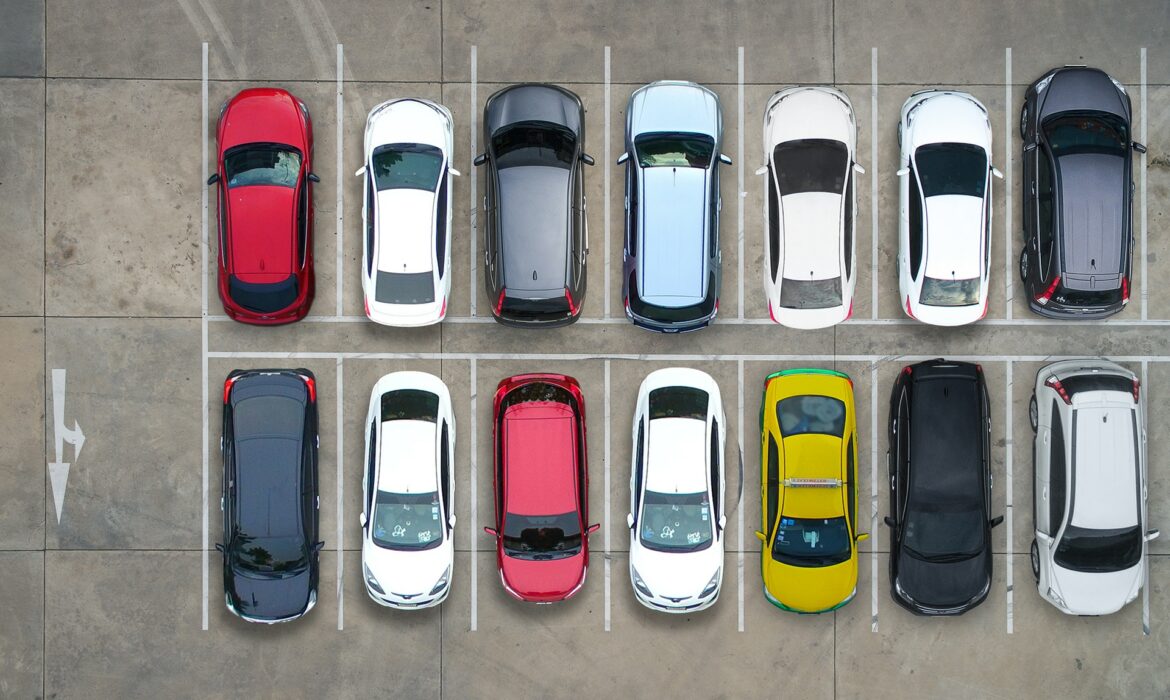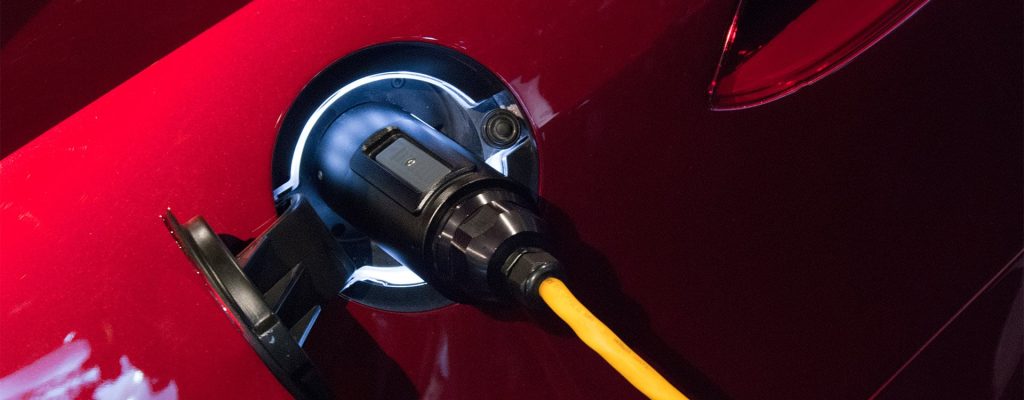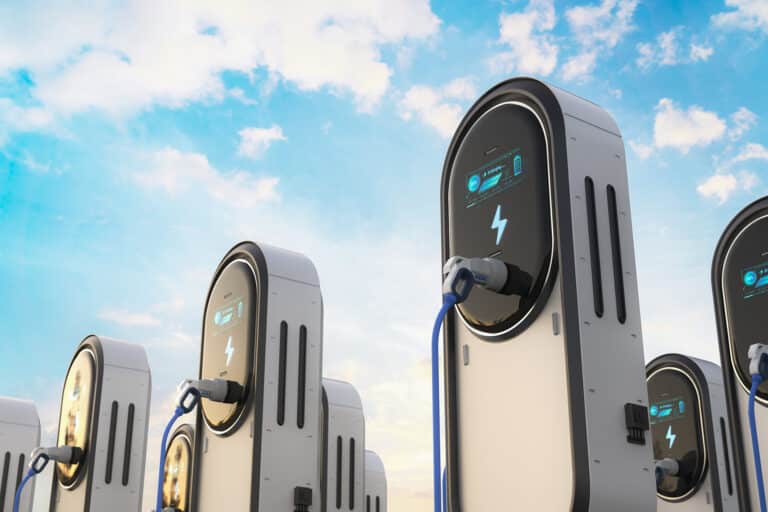
Increasing capacity and meeting decarbonisation goals – can it be done?
We discuss the cost and infrastructure considerations of switching to an all-electric fleet of off-highway vehicles.

Dominic Tribe is a Partner and Automotive sector specialist at Vendigital. He recently shared his insights with Automotive World.
With demand for electric vehicles (EVs) growing strongly in the first quarter of 2023, there is increased momentum for motorists to make the transition to greener motoring. And EV car subscriptions are growing in popularity, as they provide a cost-efficient and convenient solution for those that can’t afford or prefer not to pay for one outright.
EV car subscription services are one of the fastest growing segments of the consumer automotive market, and a steady stream of EV-led newcomers are now available for customers in the UK and across Europe. In the UK, independent companies such as Elmo and Mycardirect provide an impressive range of EV options, from popular city cars such as the Renault Zoe and Fiat 500e, through to the high-performance Tesla Model 3. This choice of car models, combined with the hassle-free, convenience of the companies’ proposition, is undoubtedly part of their appeal.
Growing consumer awareness of the impact of climate change, combined with the move by governments around the world to sign up to net-zero emissions targets, is encouraging everyone to adopt a greener way of life. The UK Government’s decision to ban the sale of new internal combustion engine (ICE) vehicles by 2030 and fund the installation of 300,000 new EV charge stations by the same year means consumers can be confident that the EV future is on the way. With many towns and cities across the country introducing Ultra Low Emission Zones or extending them, the case for switching to an EV is becoming more compelling, regardless of where they live.

Own an EV on your own terms
Unlike the traditional car ownership model, consumers that opt for a car subscription service often find them much easier to manage. Depending on the terms of their agreement, the motorist is able to lease a vehicle from a single company that provides them with insurance, tax, servicing and in some cases, limited free charging, as standard. The short-term nature of many of these agreements, which can be for just a month, also means consumers can manage car ownership on their own terms, for as little or as long as they like, whenever it is needed.
From a price perspective, a new all-electric city car is still about 45-60% more expensive than its ICE counterpart, which is largely due to the cost of the lithium-ion battery. For many consumers, this cost differential remains a barrier. The lack of charging infrastructure is also a concern for consumers with range anxiety, or those who believe that access to reliable charge stations could pose a specific problem in their area. This is of particular concern to people living in densely populated urban areas such as London, where many homes lack their own independent driveways. EV subscription models could go some way to allaying these concerns by providing consumers with an opportunity to ‘try before they buy’, so they can decide if EV ownership is right for them, without the pressure of getting tied into a longer-term contract.
Going one step further, some EV car subscription service providers are attempting to broker a whole-of-market proposition, which allows consumers to select their preferred EV model and define the plan that they would like to accompany it. For example, Love Electric offers a selection of EVs, which are available to lease, whilst also allowing consumers to choose from a list of service options including no deposit, insurance, flexible terms, servicing, breakdown cover and information about charging the vehicle. The flexibility of some EV subscription packages also means they can easily be adopted by employers as part of a salary sacrifice scheme for employees.
Data is key to staying competitive
For businesses providing car subscription services or for those planning to enter the space, the ability to compete on price, product range and service offering is vital. At this relatively early stage in the market’s growth cycle, there is a significant opportunity to secure market share and strengthen brand profile. To make the most of this opportunity, businesses providing subscription services will require agile, data-driven systems to keep track of third-party costs so they can make dynamic, real-time adjustments to their business model as it develops and to stay competitive despite increased cost volatility. Dealing with multiple third-party suppliers adds considerable administrative complexity, which could lead to ‘margin stacking’, so ensuring real-time cost visibility is critical in order to continue to make the best decisions for the business. In addition, given the relatively limited historical data regarding EV residual pricing, having accurate price modelling algorithms to calculate residual value is vital in remaining competitive whilst managing risk exposure to market forces that could have an impact in the future.
For car manufacturers, subscription services could also represent another revenue stream. For example, there could be an opportunity to drive revenues by allowing end users to activate sensor-based advanced driver assistance systems such as adaptive cruise control or lane-changing features, as part of a bespoke package of options. However, careful consideration is needed before implementing such strategies. In a controversial move in 2022, Mercedes chose to offer improved acceleration in some electric models for an annual fee of US$1,200 on the basis that it would be withdrawn after a year if consumers chose not to renew.

Driving revenues and protecting margins
Another way that manufacturers could reduce costs and optimise revenues is by providing cars for subscription services with a limited range of options (e.g. colours). Car sales in Europe are expected to increase by no more than 3% in 2023, due to ongoing geopolitical uncertainty combined with sustained high inflation (particularly in the UK) and rising interest rates, which have added to the cost of borrowing. For manufacturers, this means finding ways to increase revenues and protect margins is becoming increasingly important.
Growing demand for car subscription services will almost certainly accelerate demand for EVs, and this in turn will put pressure on traditional car manufacturers and Tier One suppliers to pivot their operations. However, this will require significant capital expenditure at a time when inflation is pushing up interest rates, which means forward planning and reliable demand forecasting are vital. Access to data-based market insights could be critical here to keep track of trends and demographic changes that could help to indicate demand levels in the future.
Heading for a market correction
From a wider market perspective, the rise of the subscription model could also have a significant impact on the aftermarket, particularly if dealerships are flooded with EVs that are just six or 12 months old, with a comparatively high residual value, that become difficult to sell on through the normal channels. This could cause secondhand car values to dip and push cost pressure upstream. Tesla’s recent decision to reduce the price of some of its high-performance models could be a sign that some degree of market correction is inevitable.
The rise of the car subscription model is an opportunity for traditional car makers and EV platforms alike to drive revenues in a challenging market. However, complex structuring could pose risks, making it harder for new service providers to differentiate their offerings and protect their margins. To succeed, they will need access to reliable data-driven systems and ensure that they truly understand what consumers want today and in the future.
Sign up to get the latest insights from Vendigital
Improve your operational performance
Related Insights

We discuss the cost and infrastructure considerations of switching to an all-electric fleet of off-highway vehicles.

EV makers in the UK and Europe are warning that Zero Emission Mandates are simply not doable and subdued levels of demand could force them to close factories. Should the industry embrace Chinese capability before it’s too late?

In our latest report we examine the impact of power electronics and the importance of inverters in EV manufacturing.
Subscribe to our newsletter